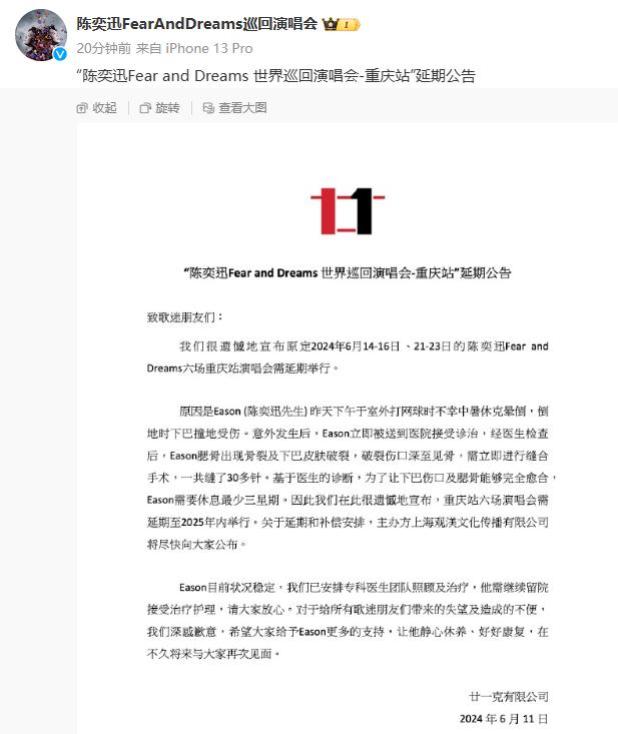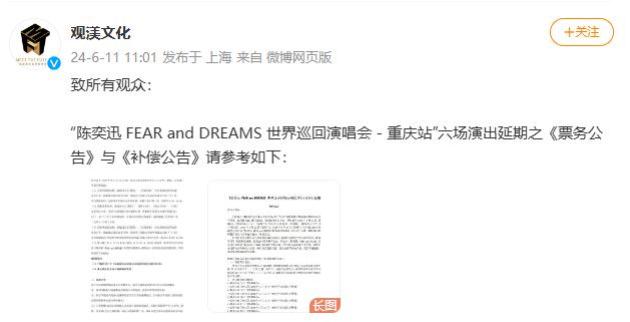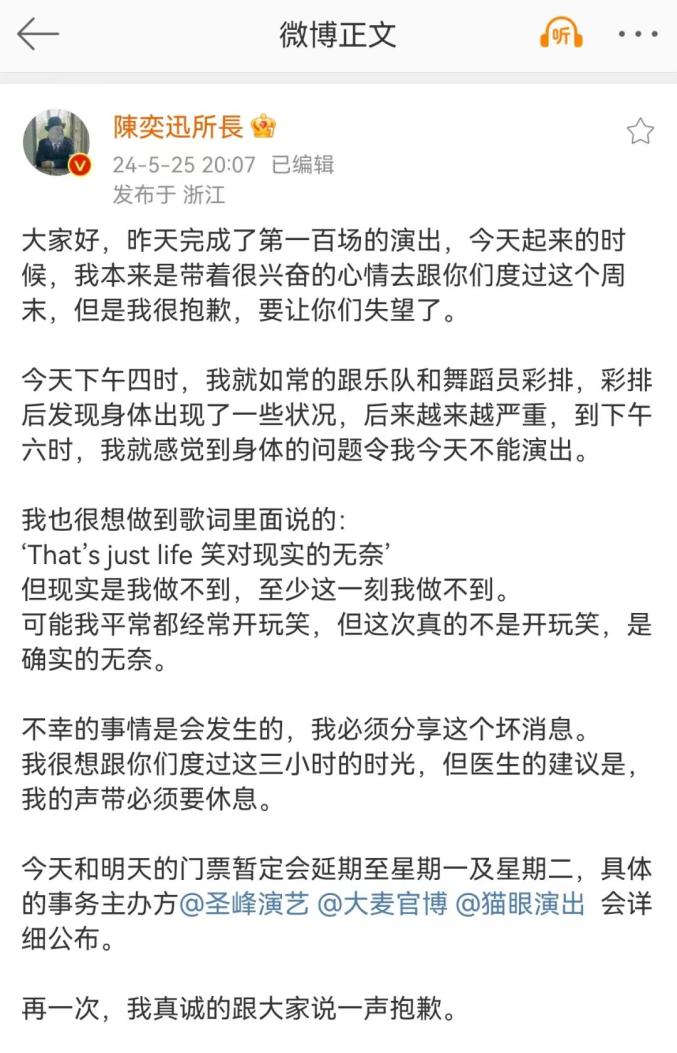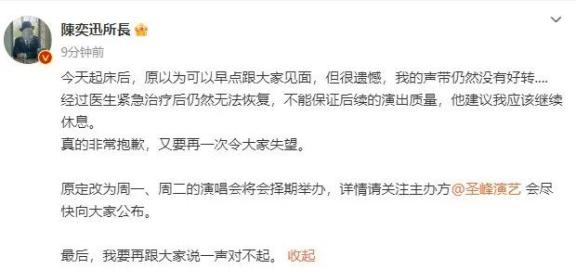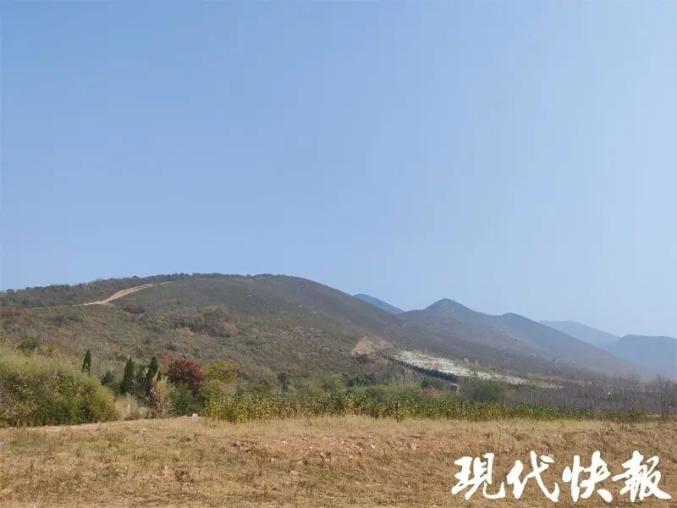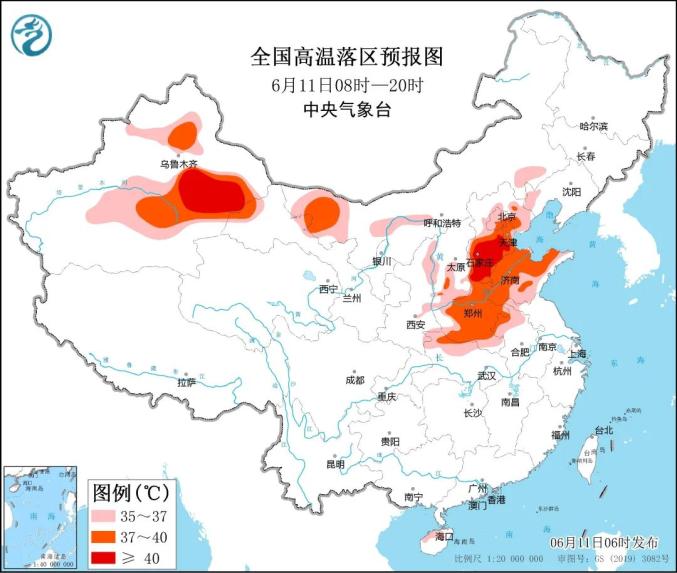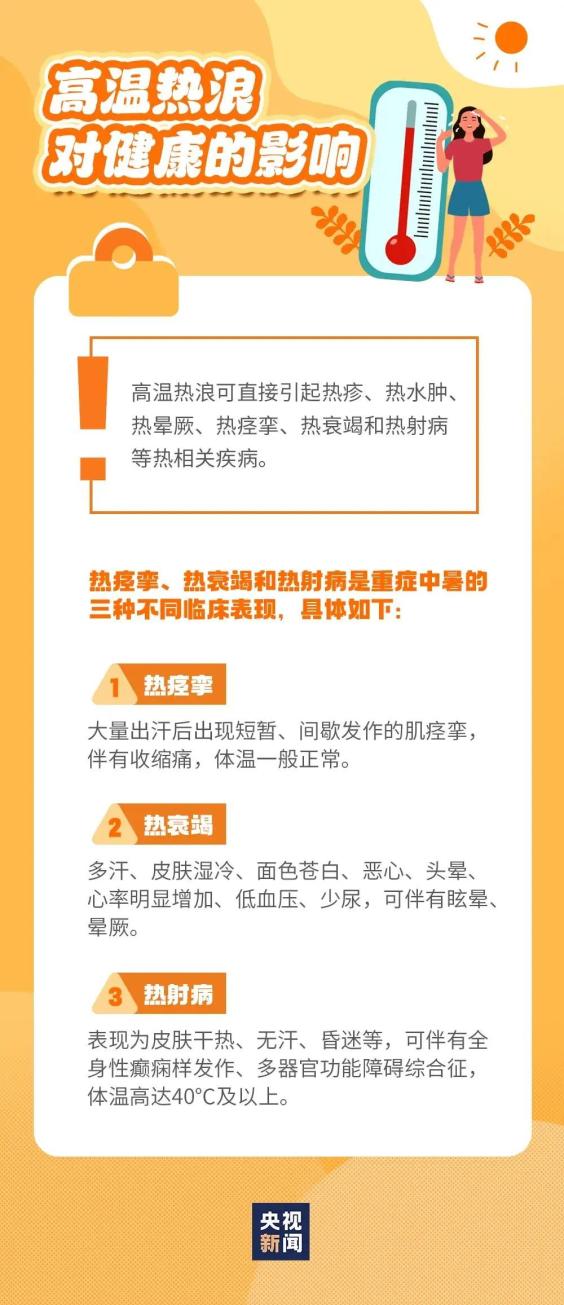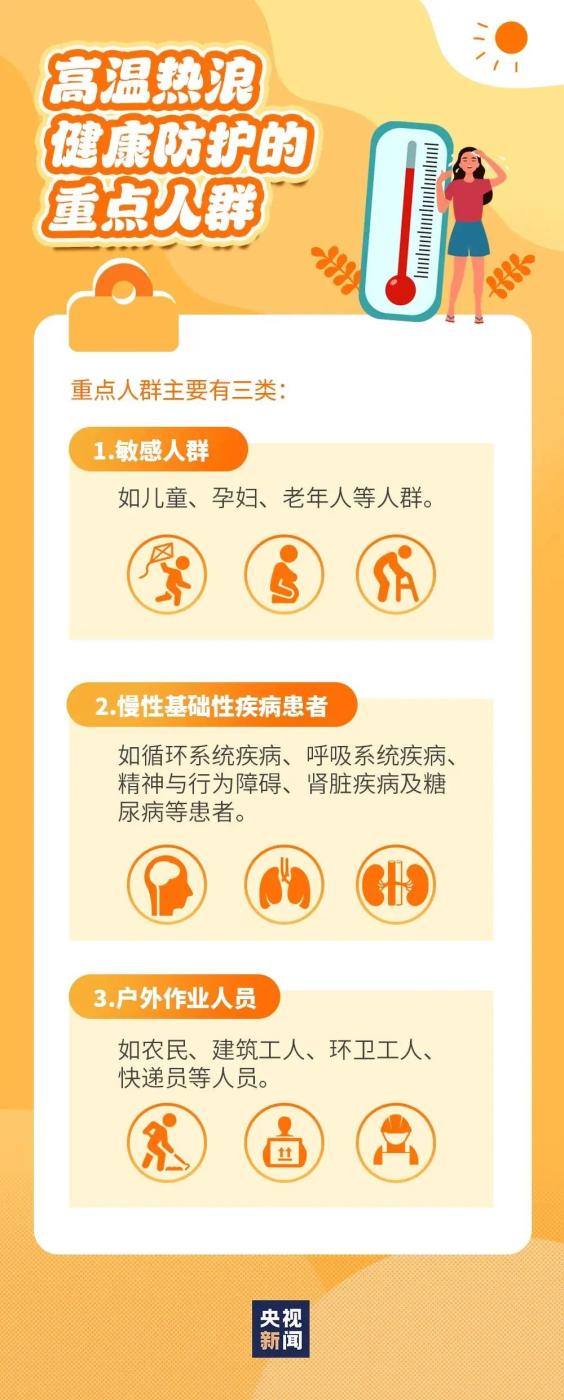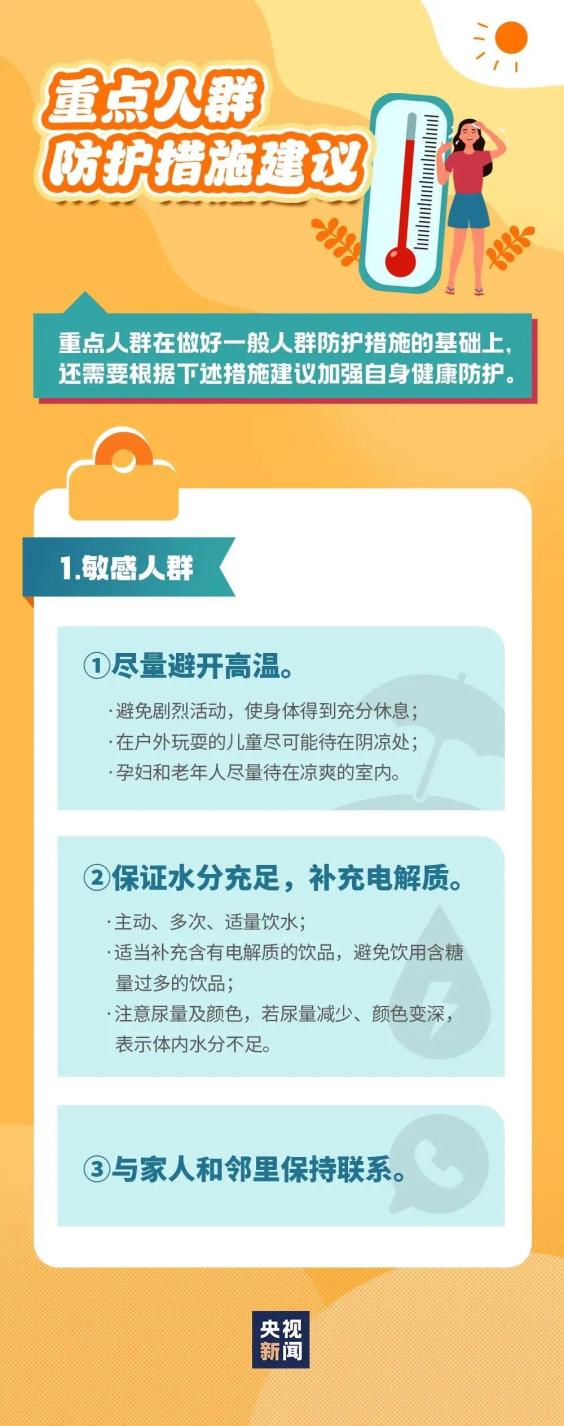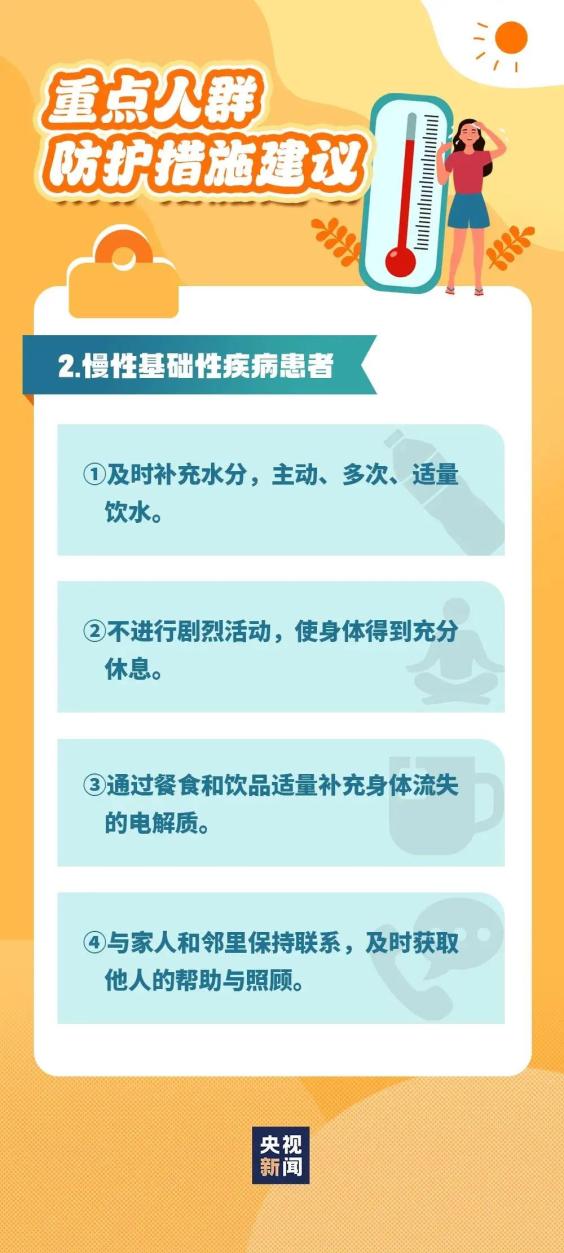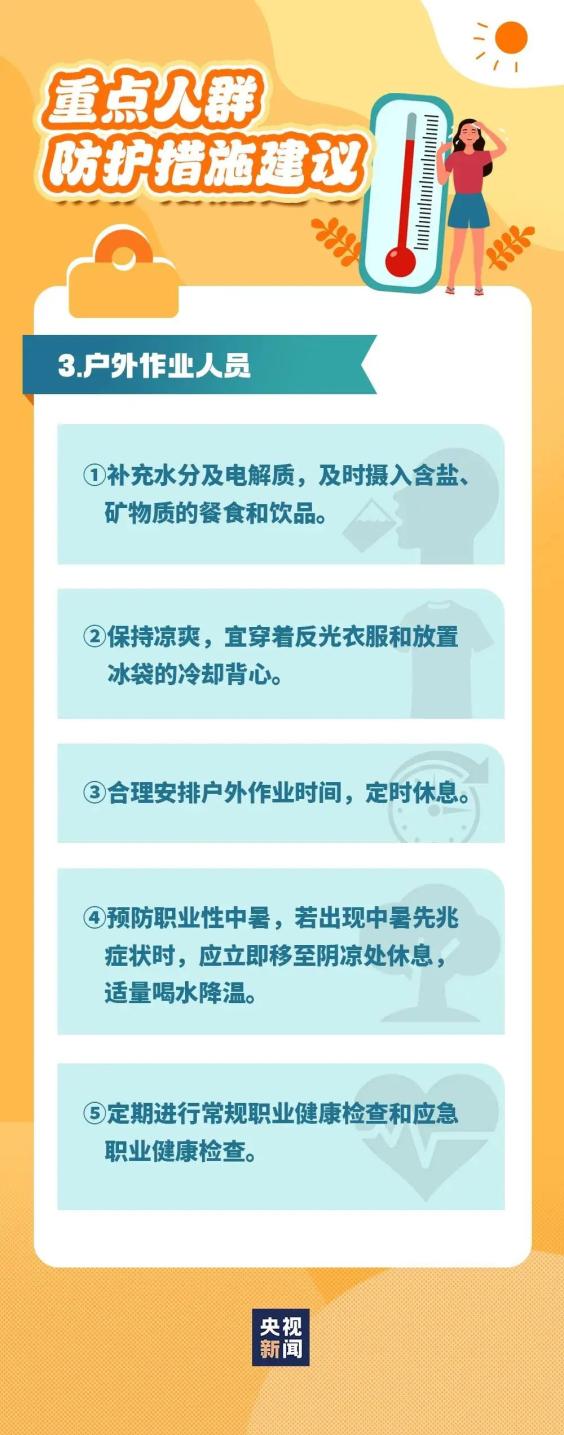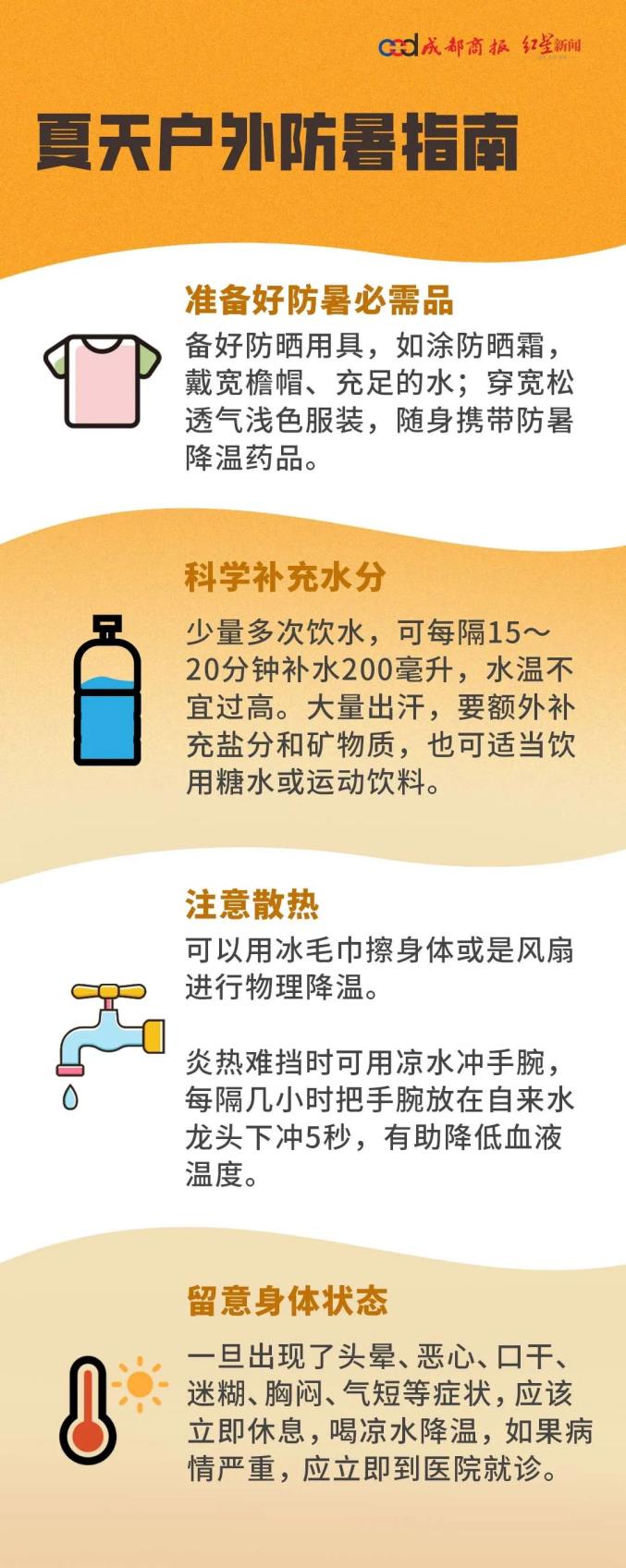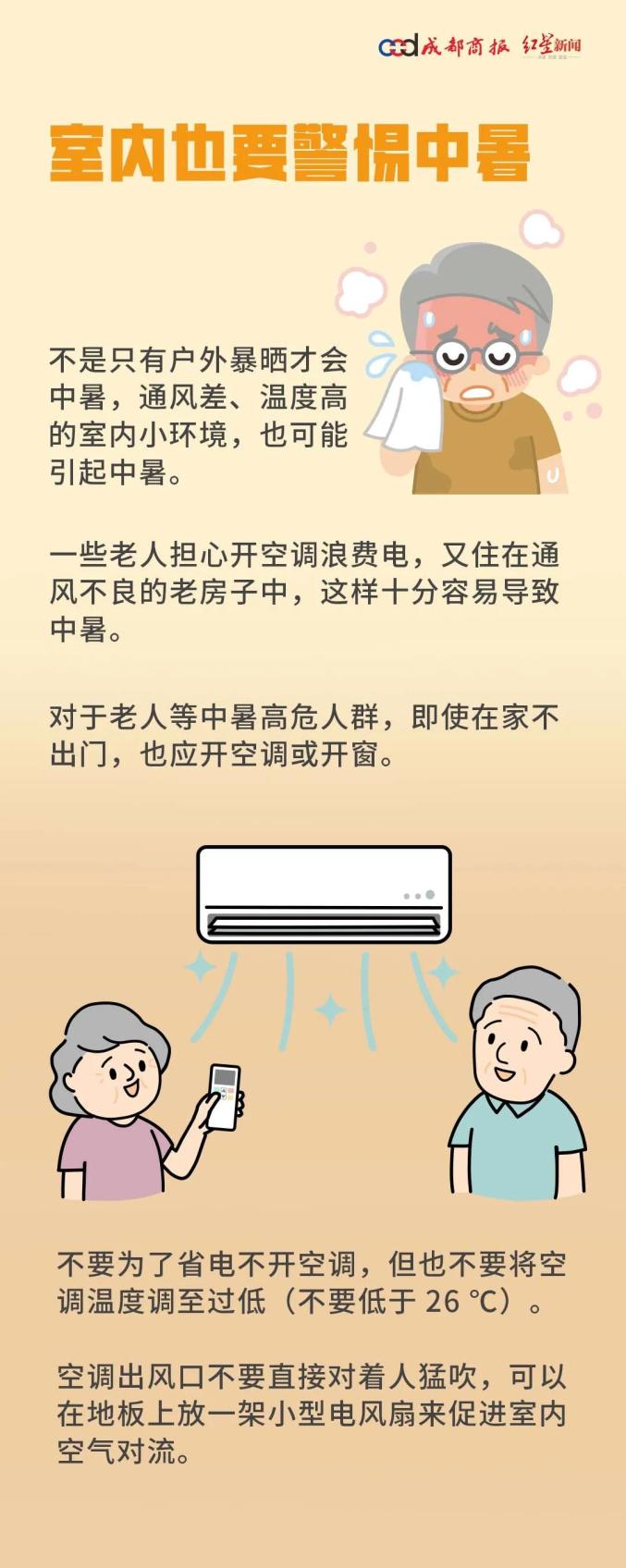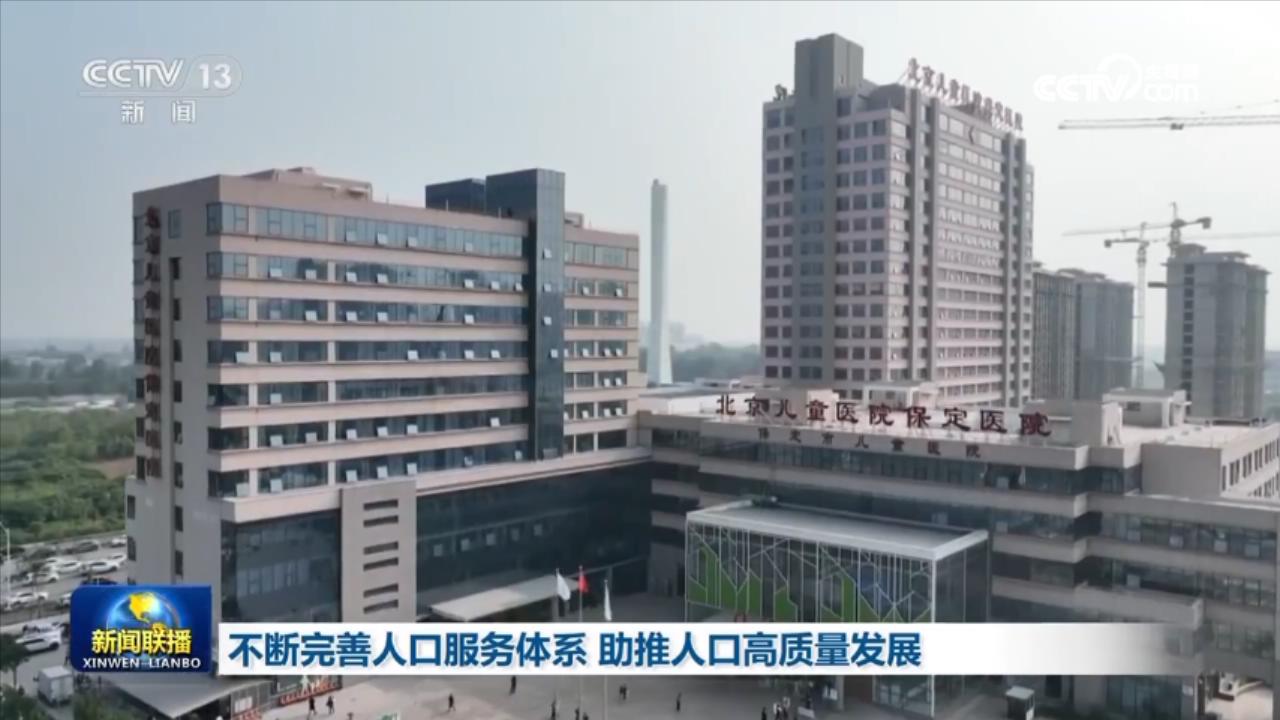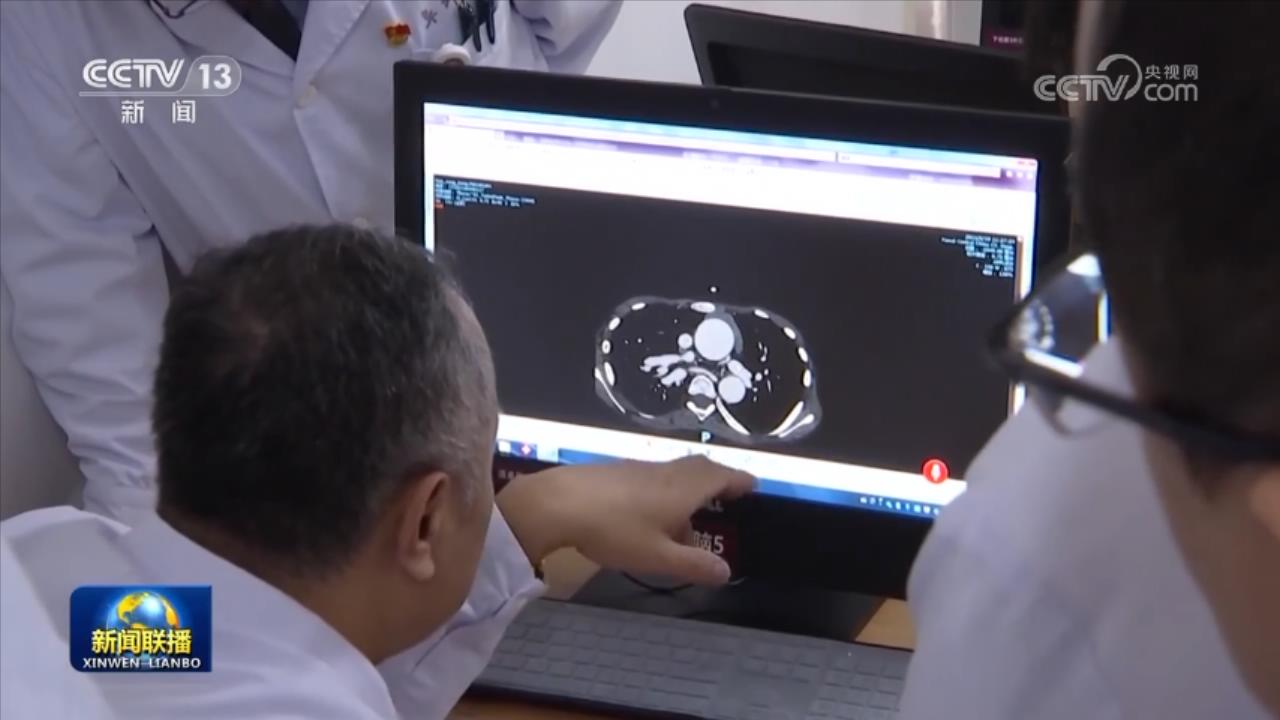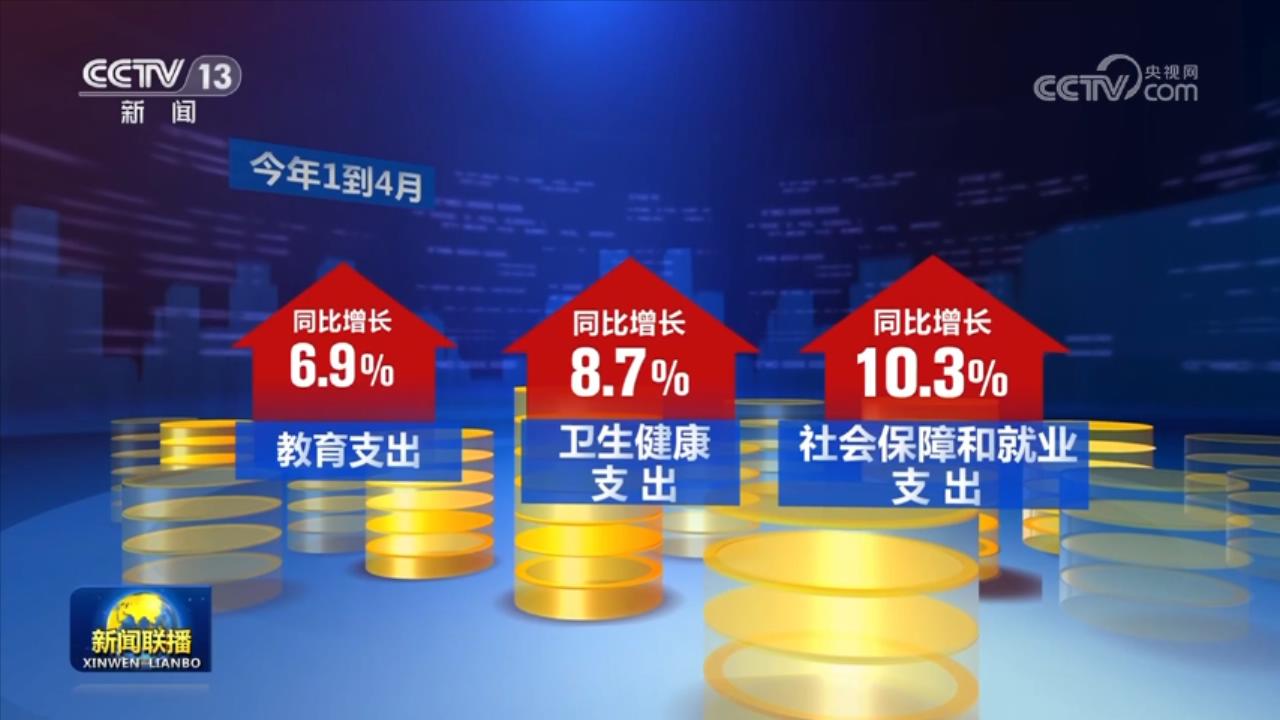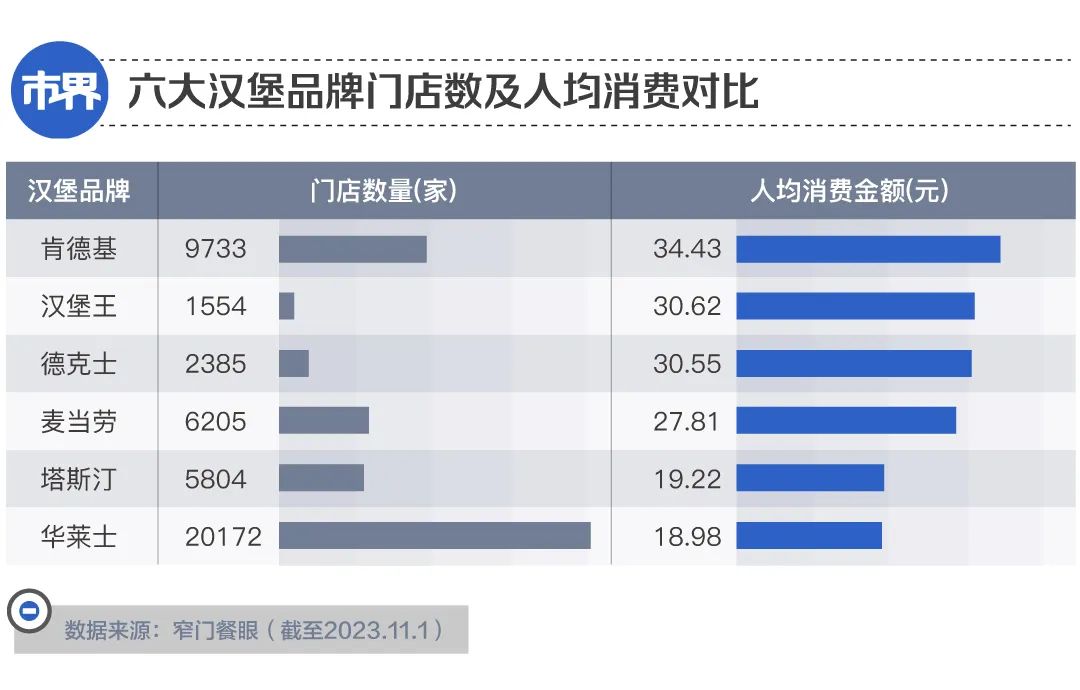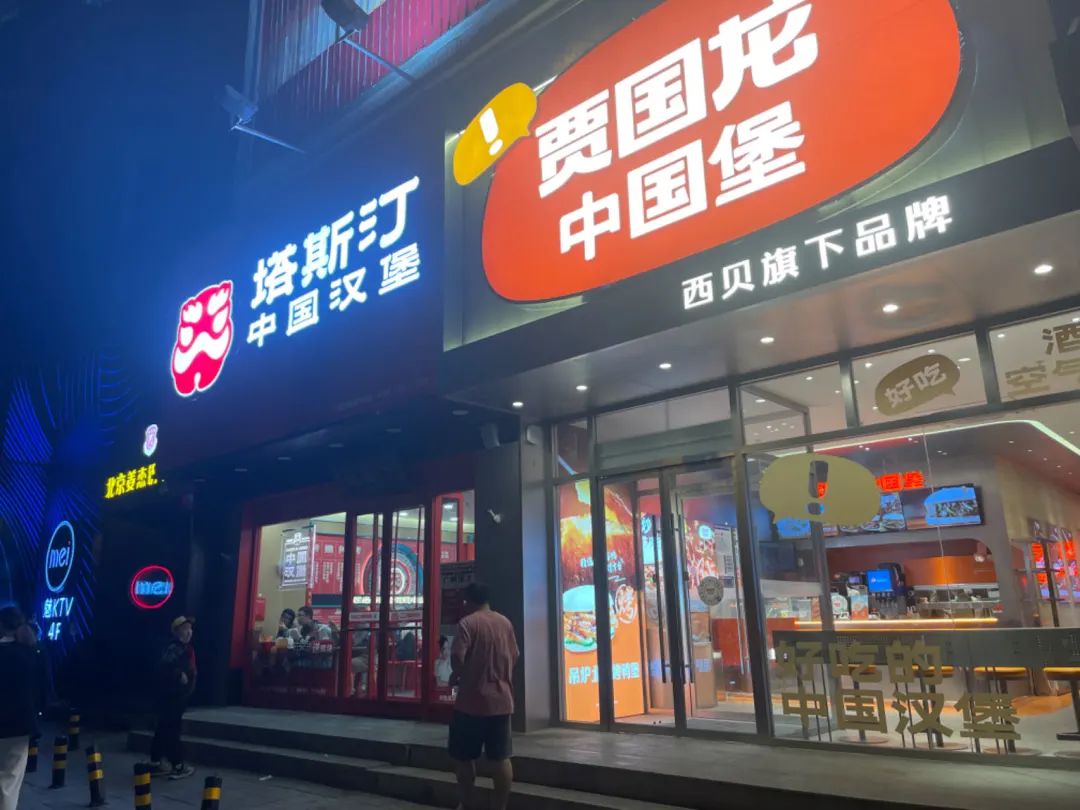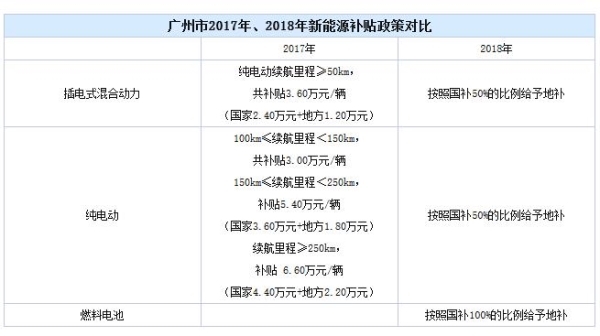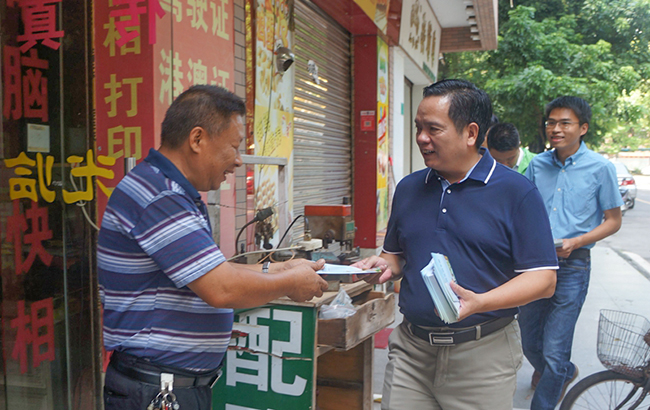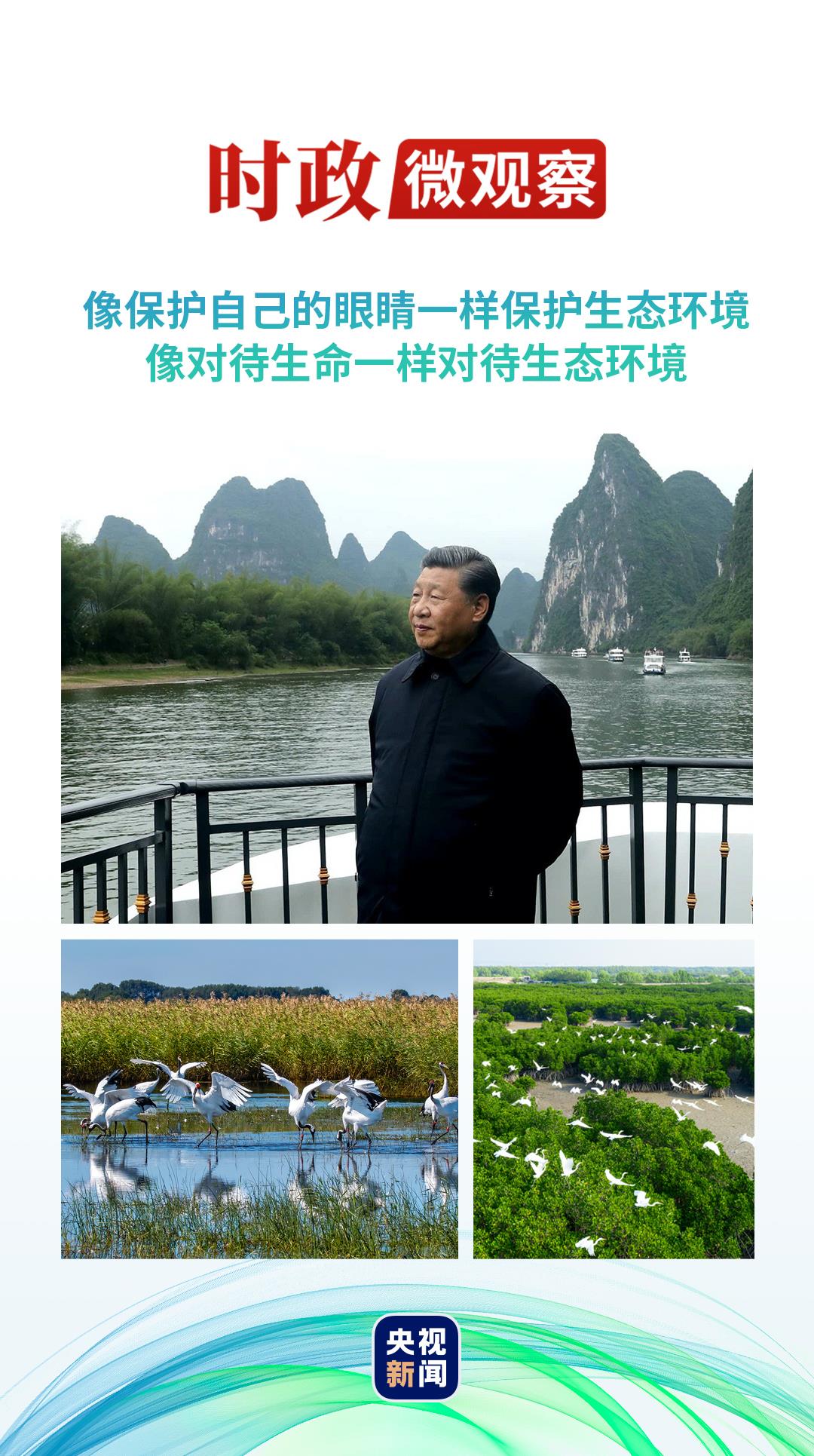
"Being kind to the earth, protecting resources and the environment and realizing sustainable development is a long-term and arduous task for our country, and it is also a big issue related to the success or failure of our province’s reform, opening up and socialist modernization."
On April 22, 2002, the then Supreme Leader of the Governor of Fujian Province published a signed article in Fujian Daily, "Protect Resources and Treat the Earth Well — — Commemorate the 33rd "Earth Day". In his article, he emphasized to intensify his work for the benefit of future generations.
Protecting the ecological environment and coping with climate change are common challenges facing all mankind.
On April 22nd, three years ago, the Chairman of the Supreme Leader attended the Leaders’ Climate Summit in Beijing by video and delivered an important speech. For the first time, he comprehensively and systematically explained the concept of the community between man and nature, put forward a Chinese plan for strengthening global environmental governance, and called for "we should protect the natural and ecological environment like protecting our eyes, and promote the formation of a new pattern of harmonious coexistence between man and nature".
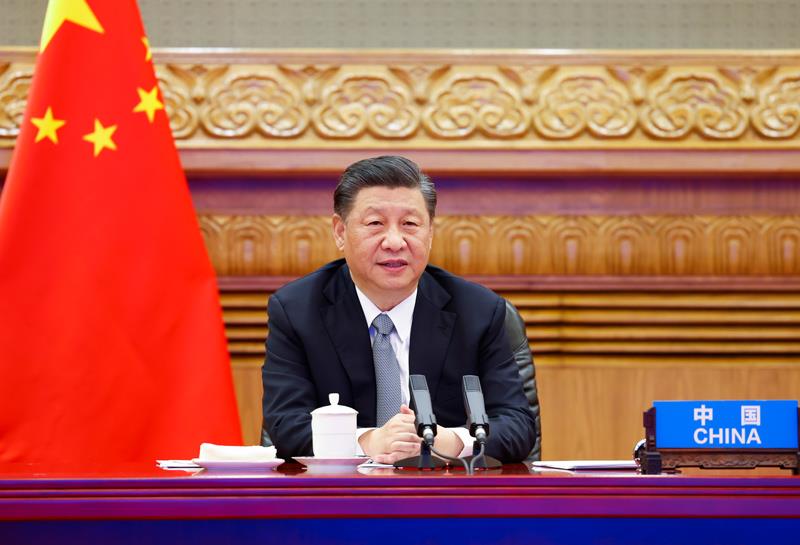
△ On the evening of April 22nd, 2021, Chairman of the Supreme Leader attended the Leaders’ Climate Summit by video in Beijing and delivered an important speech entitled "Building a Community of Man and Nature together".
"We should take good care of the earth’s homeland together, for ourselves and for future generations." General Secretary of the Supreme Leader has repeatedly used "treasure" as a metaphor, emphasizing the need to protect the blue planet of the earth. On the 55th Earth Day, I will study with you.
"Green mountains and green waters are priceless"
"I can’t imagine what the earth and human beings would be like without forests." General Secretary of the Supreme Leader once pointed out that "forest is the main body and important resource of terrestrial ecosystem and an important ecological guarantee for human survival and development."
Not long ago, on the banks of the Chaobai River in Beijing, General Secretary of the Supreme Leader shoveled the earth, raised the earth and cofferdams, lifted water for watering, and planted many trees and seedlings in succession. This is the seventeenth consecutive year that he has participated in voluntary tree planting activities in the capital since he went to work in the central government.
During the period of planting trees, when having a cordial conversation with the cadres and masses present, the General Secretary once again mentioned the role of forests as a "treasure house" and demanded "expanding the path of transforming green mountains and green hills into Jinshan Yinshan and promoting forests ‘ Reservoir, Qian Ku, Grain Depot and Carbon Depot ’ Better linkage to achieve the unity of ecological benefits, economic benefits and social benefits. "

△ On April 3, 2024, General Secretary of the Supreme Leader came to Lucheng Town, Tongzhou District, Beijing to participate in the voluntary tree planting activities in the capital.
There is a forest "treasure house" in Changkou Village, Jiangle County, Fujian Province. Green hills are lush, surrounded by golden streams, white walls and tiles, and tea is fragrant … … In late spring, beautiful villages are picturesque.
It’s hard to imagine that more than 20 years ago, it was still a "three no villages" — — Guarding the green mountains and green waters, but the people’s lives are difficult, and the village collective expenses are stretched. There is not a cement road, a new house and a street lamp in the village.
The turning point appeared in 1997.
On April 11th of that year, the then Deputy Secretary of Fujian Provincial Party Committee and the Supreme Leader came to Changkou Village for investigation and investigation. "What are the good ways to get rich? What are your plans for the future? " In the courtyard of the old village, the supreme leader inquired carefully and listened carefully. His eyes crossed the Jinxi River in front of him. On the other side of the river, there is a virgin forest with lush trees.
At that time, people in Changkou village were facing the trouble of choice. In the 1980s and 1990s, the surrounding township enterprises developed, many of which were enterprises producing wooden chopsticks. One enterprise took a fancy to the natural forest and offered 200,000 yuan to buy the forest as raw materials for wooden chopsticks. For the villagers who are afraid of poverty, "selling mountains" seems to be the fastest way to get rich. However, people in Changkou also know that the mountain is mostly hard rock, and the soil is barren. Once the trees are cut down, it is difficult to replant and the ecology is even more difficult to restore.
To sell or not to sell, the villagers have their own opinions.
Looking at the Woods, the Supreme Leader said earnestly: "Green mountains and green waters are priceless. You must draw good landscape paintings, do a good job in mountain development, and do a good job in landscape fields. " He exhorted that ecological forestry is also the forestry of the future. We should unify the forestry industry and forestry ecology, and put soil and water conservation in an important position, otherwise it will be barren hills and empty hands in the future.

△ Changkou Village, Jiangle County, Fujian Province
Entrusted by the supreme leader, it left a castle peak for Changkou Village, which also changed the villagers’ thoughts.
Natural forests can’t be moved at all, artificial forests are cut rationally and replanted scientifically, and mountain forests have become the treasures of the village. Relying on ecological advantages, Changkou Village focuses on developing leisure tourism, sightseeing agriculture and characteristic aquaculture. In 2022, the village received about 50,000 tourists a year, and 80% of the villagers achieved "employment at home". The collective income of the village reached 1.85 million yuan, and the per capita net income of the villagers was 30,000 yuan.
The once-sleeping "green" resources are awakened and constantly transformed into development capital, bringing real money and silver to the people.
"Nature has given the Chinese nation a treasure, so we must protect it."
The Jiangdu there is like a green gauze silk belt, the mountain is like a jasper head Zan. Nature’s uncanny workmanship makes Guilin, Guangxi enjoy the reputation of the best landscape in the world.
"This time, I am most concerned about the landscape of your world." In April 2021, General Secretary, the supreme leader who came to Lijiang again, said to the local responsible comrades, "Protecting Guilin’s landscape is your primary responsibility."
In recent years, Guilin has vigorously promoted the "chaos control, water control, mountain control and permanent cure" of the Lijiang River, improving the ecological environment of the Lijiang River.
"Is there any illegal quarrying?" In Di Yang Wharf of Lijiang River, Yangshuo County, Guilin City, the General Secretary specifically asked.
"Not now."
"The worst thing is quarrying. Destroy a mountain and there will never be such a mountain. China and the whole world are such a treasure, so don’t destroy it. If you dig indiscriminately, you must not only be accountable, but also be investigated for criminal responsibility according to law. " The general secretary stressed.

△ On April 25th, 2021, General Secretary of the Supreme Leader was at Di Yang Pier of Lijiang River in Yangshuo County, Guilin City, Guangxi Province, to learn about the comprehensive management and ecological protection of Lijiang River Basin.
Boarding from Di Yang Wharf, the Supreme Leader General Secretary went down the river to inspect Yangshuo section of Lijiang River. Along the way, he repeatedly told: "This is a treasure that nature has given to the Chinese nation, and it must be protected. This is the first."
"We must adhere to the systematic management of grass and sand in landscape, forest, fields and lakes" and "adhere to the correct concept of ecology and development, respect nature, conform to nature and protect nature". The general secretary’s exhortation profoundly embodies the systematic concept of ecological management.
In the north of China, near Wuliangsuhai, Bayannaoer, Inner Mongolia, the local people engraved "landscape, forest, fields, lakes, grass and sand are a community of life" on the sign and also remembered it in their hearts.
Once, it was once dusty because of pollution. General Secretary of the Supreme Leader has made important instructions on many occasions. On the day of World Environment Day last year, the General Secretary came here to inspect the natural features and surrounding ecological environment of Wuliangsuhai on the spot.

△ On June 5, 2023, General Secretary of the Supreme Leader visited Wuliangsuhai.
Before the exhibition board, the local responsible comrades reported — — At first, "treating water with water" was not effective. Following the general secretary’s concept of systematic governance, mountains, water, forests, fields, lakes, grass and sand were put together for overall consideration, and the pattern and effect were obviously improved.
"The direction of the management and protection of Wuliangsuhai is clear. We should manage it with care, take care of it carefully, make consistent efforts for a long time, and protect this ‘ Pearl beyond the Great Wall ’ Leave a beautiful homeland with green mountains, beautiful water and new air for future generations. " General Secretary of the Supreme Leader said.
Birds are flying and singing. In spring, the pearl of Wuliangsuhai is full of life and smart beauty.
Hainan tropical rain forest "belongs to the earth and is a national treasure"
Hainan gibbon is a unique primate in Hainan and an indicator of the integrity and authenticity of Hainan tropical rain forest ecosystem. At present, it is only distributed in Bawangling area of Hainan tropical rain forest national park. Strolling through the forest, "apes crow" and "birds sing" are heard, and the phenomena of huge roots, single trees forming forests, "hanging gardens" and "strangulation" of plants are all strange landscapes.

△ Hainan gibbon
"The popular science museum of plants!" On April 11, 2022, General Secretary of the Supreme Leader went deep into Wuzhishan area of Hainan Tropical Rainforest National Park, walked along the wooden plank road to inspect the ecological environment, stopped from time to time and asked about tree growth, water conservation, animal and plant resources protection and so on.
"Hainan tropical rain forest does not belong to Hainan alone, it belongs to the people of the whole country, it belongs to the earth and it is a national treasure." General Secretary of the Supreme Leader emphasized that "the fate of nature is closely related to human beings. We are doing this for history and for the nation. "
Implementing the national park system is an important measure for China to promote natural ecological protection, build a beautiful China and promote the harmonious coexistence between man and nature. In August 2019, in a congratulatory letter to the first National Park Forum, the Chairman of the Supreme Leader clearly stated: "China implements the national park system with the aim of maintaining the authenticity and integrity of the natural ecosystem, protecting biodiversity, protecting ecological security barriers and leaving precious natural assets for future generations."
In October, 2021, the Chairman of the Supreme Leader announced at the 15th Summit of the Conference of the Parties to the Convention on Biological Diversity that China officially established the first batch of national parks, such as Sanjiangyuan, Giant Panda, Northeast Tiger Leopard, Hainan Tropical Rainforest and Wuyishan, with a protected area of 230,000 square kilometers, covering nearly 30% of the wildlife species under special protection in land countries.
Over the past two years, various departments and localities have worked closely together to promote the ecological protection and construction management of national parks and achieved positive results. The population of rare species has been continuously restored, the biodiversity has increased steadily, and the ecological function has continued to improve.

△ On January 19, 2022, the rangers of Wuyishan National Park were patrolling the mountain.
"This is a national treasure, so we must protect it."
Layers of mangroves are like green ribbons on the coastline. This kind of viviparous woody plant rooted in the intertidal zone of the coast can not only prevent wind and waves, but also purify the sea water, and also provide a habitat for fish, shrimp and birds. It is known as the "marine forest" and "marine guardian".
"Mangrove protection, I personally caught it when I was working in Xiamen. After the 18th National Congress of the Communist Party of China, I gave several instructions. This is a national treasure, so we must protect it. " On April 10th last year, General Secretary of the Supreme Leader visited Zhanjiang Mangrove National Nature Reserve in Guangdong Province. In the mangrove area of Jinniu Island, Huguang Town, Mazhang District, the General Secretary carefully inspected the growth of mangroves and the surrounding ecological environment.
The general secretary emphasized that strengthening the construction of marine ecological civilization is an important part of the construction of ecological civilization. We should persist in green development, work hard from generation to generation, and make contributions to building a beautiful China and protecting the global village in China.
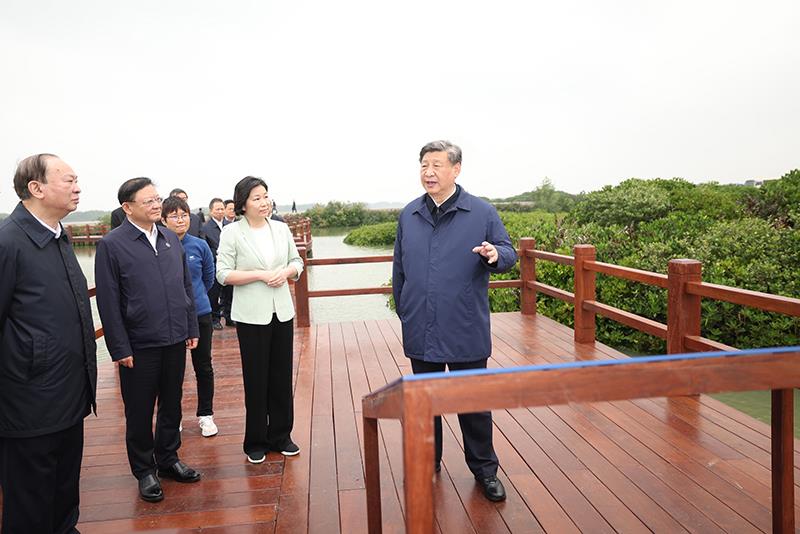
△ On April 10th, 2023, General Secretary of the Supreme Leader visited the mangrove area of Jinniu Island, Huguang Town, Mazhang District, Zhanjiang City, Guangdong Province.
General Secretary of the Supreme Leader has always been very concerned about the protection of mangroves.
In April 2017, the General Secretary inspected the Beihai Golden Bay Mangrove Ecological Reserve in Guangxi, and told him that "we must respect science, implement responsibilities and protect mangroves well".
In November 2022, in his speech at the opening ceremony of the 14th Conference of the Parties to the Convention on Wetlands, he announced the establishment of the "International Mangrove Center" in Shenzhen.
From a mangrove forest to an international cooperation platform, it shows China’s determination and responsibility to promote the construction of a community of life on earth and the modernization of harmonious coexistence between man and nature.
According to the latest data, the mangrove area in China has increased to 438,000 mu, an increase of about 108,000 mu compared with the beginning of this century. It is one of the few countries with a net increase in mangrove area in the world.

△ On June 13th, 2023, people watched mangroves in Jinniu Island, Mazhang District, Zhanjiang City, Guangdong Province.
"Everything has its own harmony and life, and each has its own cultivation."
The earth is our common home. We should adhere to the concept of coexistence between man and nature, treat the ecological environment like life, be in awe of nature, respect nature, conform to nature, protect nature, and jointly protect the irreplaceable earth home.
Recent contents of current affairs observation > >
Ten Years’ Merits and Shortcomings of "Top Priority" from Micro-observation of Current Politics
Micro-observation of current affairs, 4.0 version of Expo, showing confidence and confidence.
When I met my friends in South Pacific, President Xi talked about "sending a doctor to the island" and "sending a play to the sea"
Producer: Geng Zhimin
Producer Xing Lai
Editor-in-Chief Ning Lili
Write Zhang Yanan.
Visual sense Jiang yuhang
